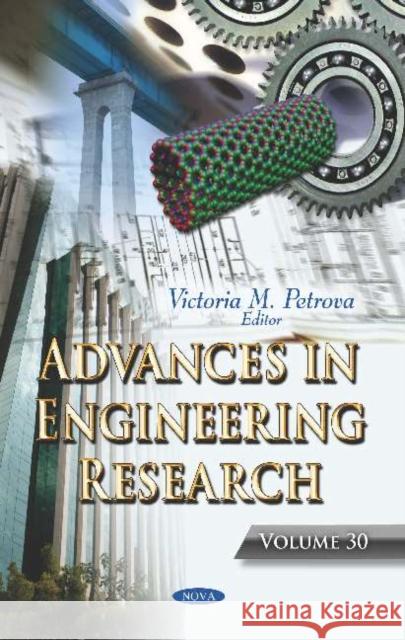Advances in Engineering Research. Volume 30 » książka
Advances in Engineering Research. Volume 30
ISBN-13: 9781536160925 / Angielski
Advances in Engineering Research. Volume 30 opens by presenting methods in which rays can be used to calculate the properties of a propagating generally astigmatic Gaussian beam at any point in an optical system, optimize the system to obtain the desired Gaussian beam focus and minimize aberrations, analyze stray light, or calculate fiber coupling efficiency. The authors also present an enhanced input/output-linearizing and decoupling control in variable speed for a wind energy conversion system, which is based on an adaptive neuro-fuzzy inference system, a combination of two soft-computing methods of artificial neural networks and fuzzy logic. Reinforced concrete, one of the world's most common building materials, is explored. Its utility and versatility are achieved through the combination of concrete and steel, however, the deterioration of such structures is a frequent phenomenon due to environmental factors. The authors go on to address the need for online insert inspection during computer numerical control lathe cutting processes through the development of a system based on eye-in-hand machine vision that incorporates a manipulator. This system can perform online inspections for detection and classification of fractures, built-up edges, chipping, and flank wear in the inserts of external turning tools. Next, type-2 fuzzy logic control is proposed in order to control the altitude and attitude of an unmanned quadrotor. Simulation results suggest that the proposed control provides improved dynamic responses and perfect decoupled control in steady and transient states. In closing, an analytical approach called the 2D spatial filtering technique was used to simulate the surface single fibre action potential signal. The study demonstrates that the surface single fibre action potential generated by an impulsive source is the outcome of the spatial phenomena. (Imprint: Nova)











